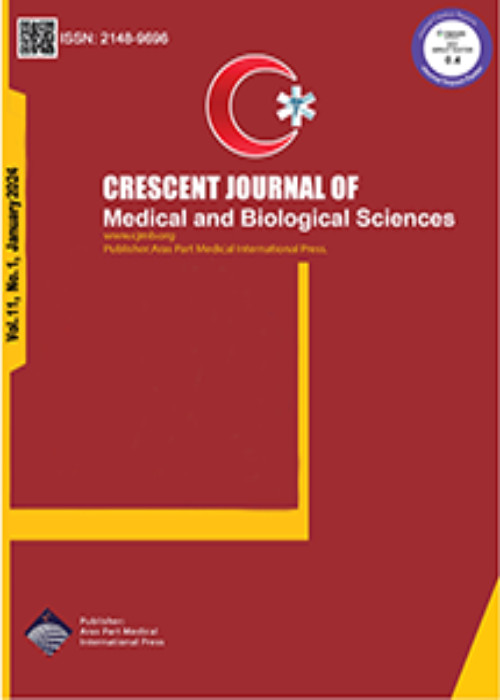Prevalence and Predictors of Left Ventricle Regional Wall Motion Abnormality 6 Weeks After Primary Percutaneous Intervention in Patients With First Acute Anterior Myocardial Infarction
Regional wall motion abnormality (RWMA) occurs after acute myocardial infarction (AMI) or primary percutaneous coronary intervention (PPCI). The current study aimed to assess the prevalence of RWMA after PPCI and to define its baseline clinical, angiographic, and echocardiographic predictors in patients with acute anterior MI.
Totally, 107 patients (85 males and 22 females with a mean age of 58.21±11.64 years) with first anterior MI treated with PPCI were evaluated, and transthoracic echocardiographic examination was performed at the admission time and after at least 6 weeks. The RWMA was assessed and wall motion score index (WMSI) was calculated by dividing the sum of the wall motion score over the number of visualized segments.
The results revealed no statistically significant association between the symptom-onset-balloon time and door-balloon time compared with the WMSI value (P = 0.29, r=0.105 & P = 0.53, r=-0.062). Regarding post-PPCI thrombolysis in MI (TIMI) flow grades, patients with a grade II and III TIMI flow had a mean WMSI value of 1.90±0.39 and 1.65±0.31, respectively, that was significantly higher in patients with a grade II TIMI flow (P = 0.002). During the follow-up echocardiography, 84 (79.2%) patients had a positive RWMA and the follow-up positive RWMA was significantly lower (7.4%) in patients with stable angina (P = 0.01). Statistically noticeable improvements were reported in the level of WMSI and E/E’ ratio during the follow-up period of echocardiography. In addition, there was a significant relationship between pre- and post-PCI left ventricular end-systolic volume (LVESV) and WMSI compared with post-PCI RWMA (P = 0.03, P < 0.0001; P = 0.007, P < 0.0001). However, no statistically significant differences were observed in demographic data and MI risk factors considering the incidence of RWMA and the mean value of WMSI.
In patients with the first acute MI, higher WMS index and LVESV level were strongly related to RWMA incidence after six weeks which could be applied as the predictor factors of RWMA incidence.
- حق عضویت دریافتی صرف حمایت از نشریات عضو و نگهداری، تکمیل و توسعه مگیران میشود.
- پرداخت حق اشتراک و دانلود مقالات اجازه بازنشر آن در سایر رسانههای چاپی و دیجیتال را به کاربر نمیدهد.


